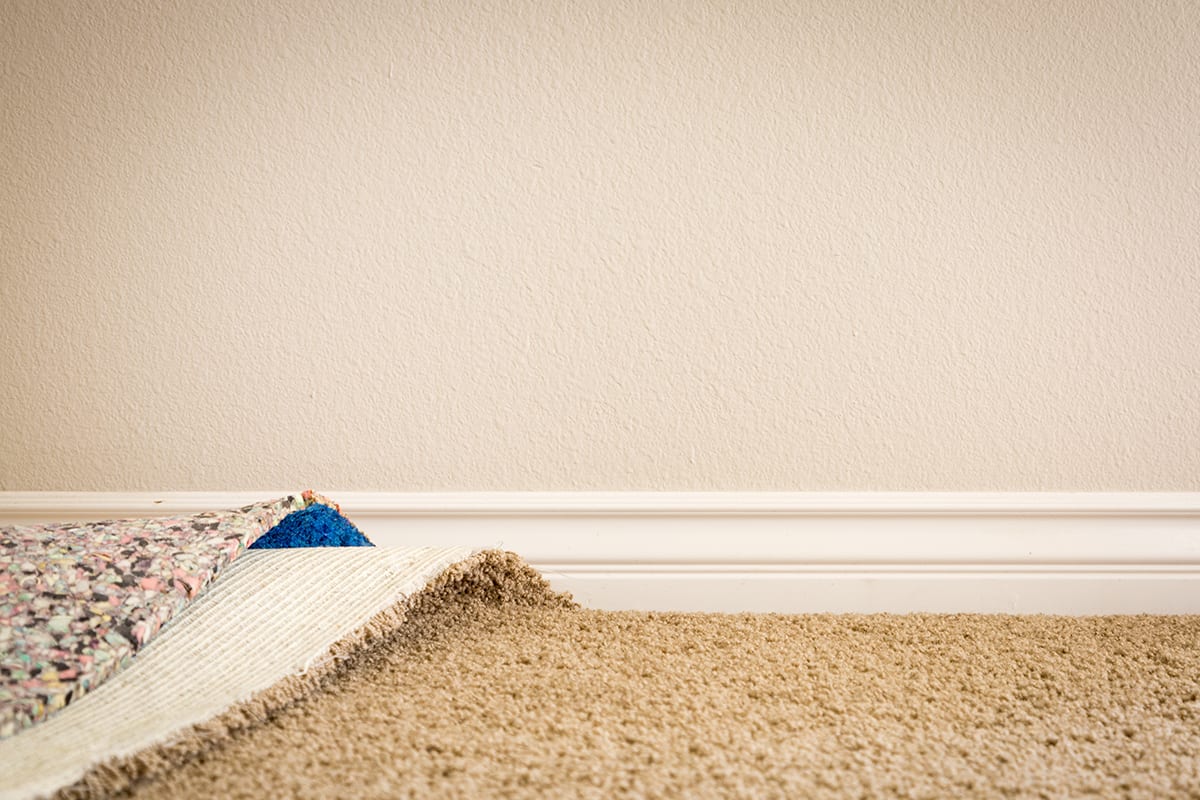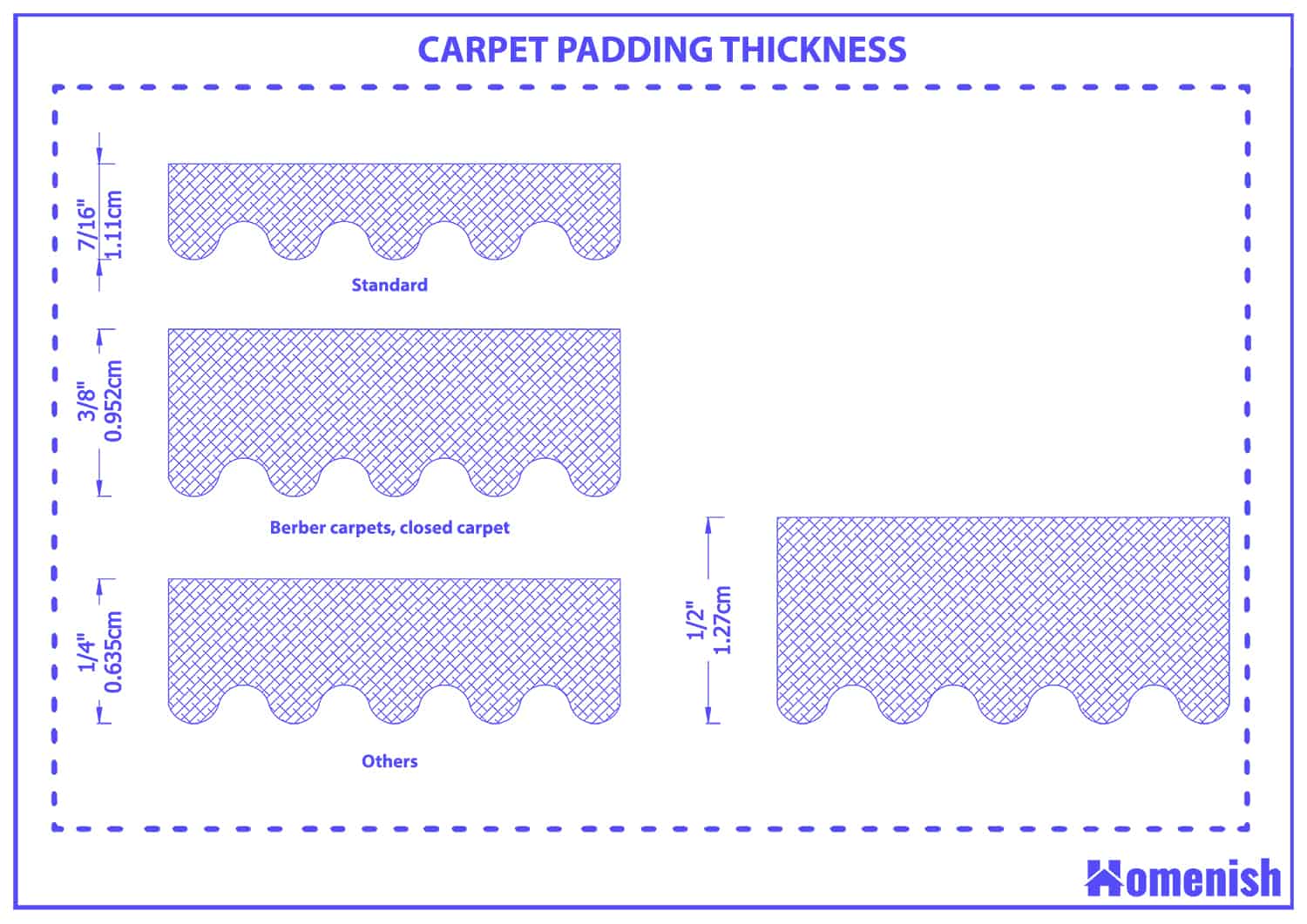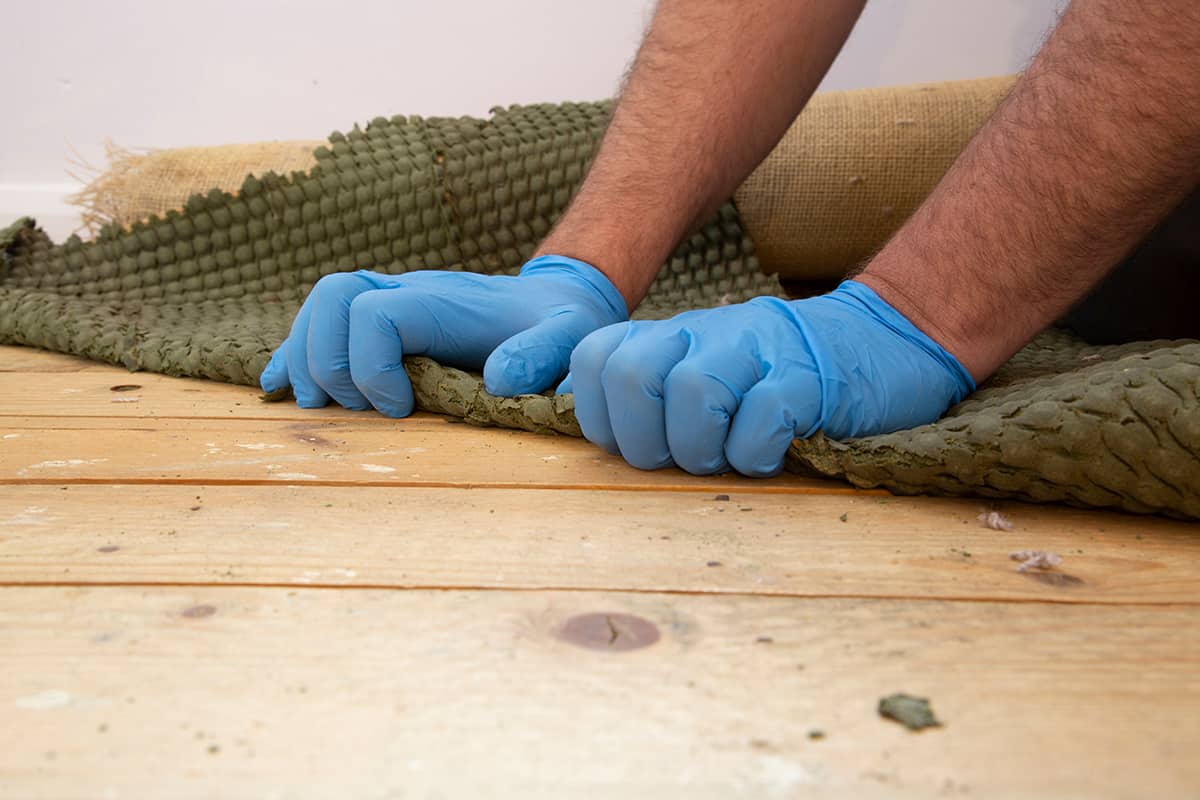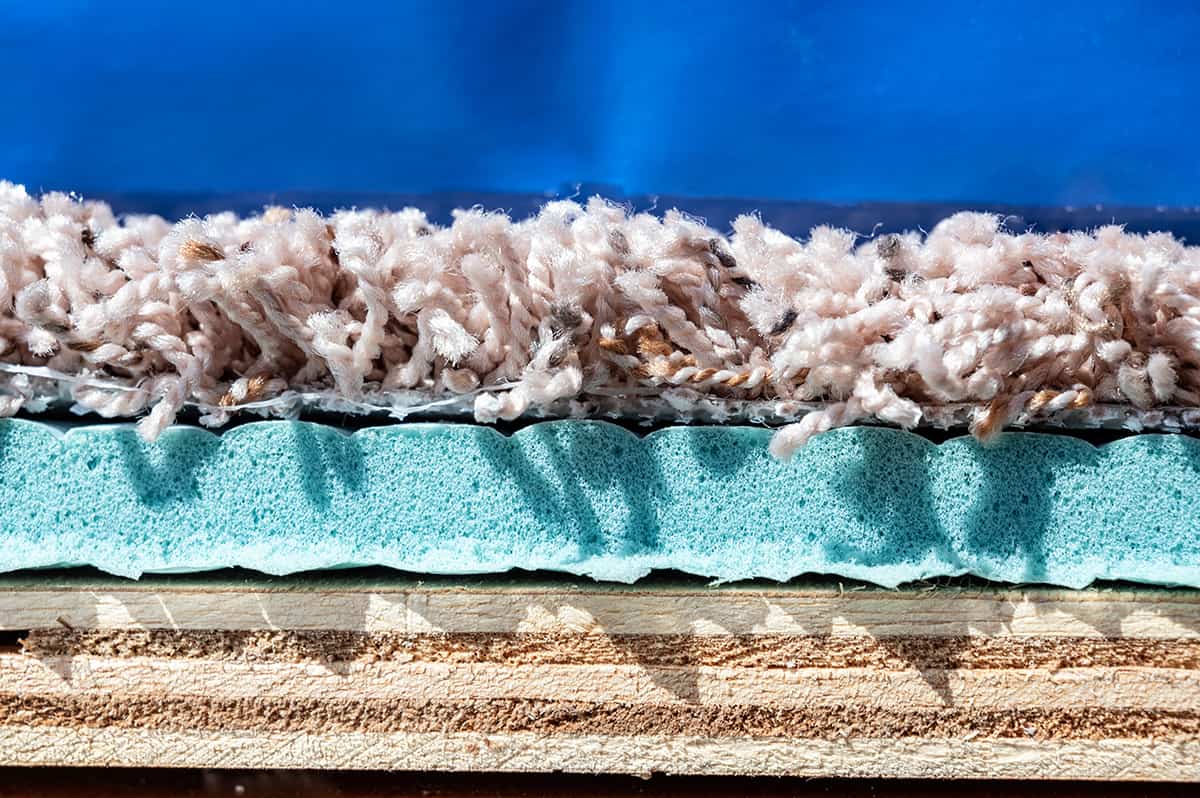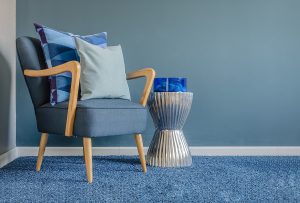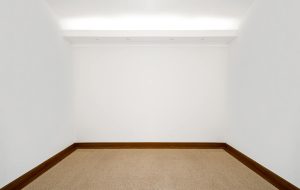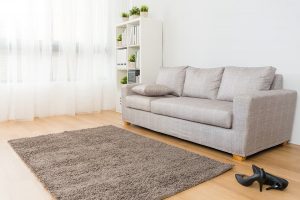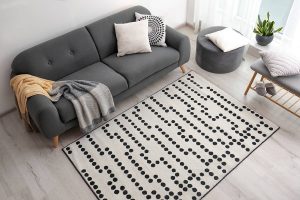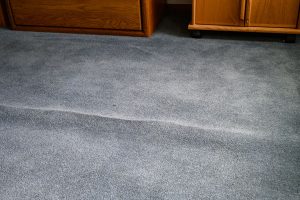Carpet padding, also known as carpet underlay, is the layer of soft material that lays beneath the surface of carpeting.
The standard depth of the carpet pad is 7/16 inches, but the thickness you need will be dependent upon a number of factors, including the type of carpet you have and your budget. Carpet padding typically varies in thickness from 1/4 an inch to 7/16 an inch, and thicker is better in some scenarios, while thinner and firmer is better for others.
Here we explore the difference in different types of carpet padding and which carpet pad thickness is best for specific types of carpets.
Is a Carpet Pad Necessary?
The simple answer is yes; carpet pad or carpet underlay is absolutely necessary in the majority of cases. A carpet pad is something most people barely give much thought to because it’s a component of our home that we never see (unless we are renovating).
However, if you were to walk in a room without any carpet pad you would know about it immediately because it would feel very different underfoot. Carpet pad also offers a range of benefits to protect your carpet and also make your home a more enjoyable place to be.
Improved comfort
Carpet pad is what creates that soft feel underfoot to give excellent comfort when you are walking around your home. Without carpet pad, there wouldn’t be much give at all in the carpet, and this could cause injury to feet over time. Carpet padding is an excellent shock absorber, which makes walking around in your home a much gentler experience on your joints.
Preserve carpet
The most important reason for having a carpet pad actually has nothing to do with comfort at all. Carpet pad is required to protect the floor underneath the carpet and to prolong the life of the carpet itself. Without a carpet pad, the backing of the carpet would scratch your original floor. This is not much of an issue for most of us, since we generally aren’t too concerned about the state of the floor we are covering.
However, the proper maintenance of our new carpet is a top priority for many homeowners. The carpet pad will extend the life of a carpet, by protecting it from wear and tear. Over time, if you do not have carpet padding, the backing of the carpet can become separated from the carpet itself, and once this happens it is extremely difficult to repair, and usually calls for a replacement carpet.
Moisture protection
Carpet padding provides an additional barrier against moisture so that any rising dampness from beneath your property is less likely to get into the fibers of your carpet. This is really important as a form of protection against mold and mildew.
Sound barrier
Many people opt for carpet flooring because it makes for a much more quiet and peaceful home compared to hardwood flooring or tiles. This is because the carpet is a shock absorber, and it also absorbs sound so that shoes or pets claws walking along the carpet are much less disturbing than if they were walking on a hard floor. While carpet certainly is an effective sound muffler, it is actually the carpet padding that does the majority of dulling household noises.
Insulation
Carpet padding adds an extra barrier beneath the carpet which can serve as insulation, keeping warm air in the home and cold air out of the home. This will be particularly noticeable in a basement where the floors can get very cold in winter.
Do All Carpets Require Carpet Pad Underneath?
Although most carpets require carpet padding to be installed underneath them, this isn’t the case for every carpet. If you are installing a new carpet with foam backing or felt backing, then you can pass on the underlay in a bid to save money. Carpets with a latex backing also don’t require carpet pads.
However, this may end up costing you more in the long run because your carpet will wear out more quickly and need replacing. If you have underfloor heating, then a regular carpet pad can prevent the heat from getting to the carpet to warm it up, so you might be tempted to forgo the carpet pad. A better option would be to use a specialist carpet pad that is designed to be used in conjunction with underfloor heating.
Is Thick Carpet Padding Better?
It’s a common misconception that thicker carpet padding is better. While thick carpet padding feels luxurious underfoot, it can also show more obvious wear in high-traffic areas, causing the carpet to look worn out too quickly. Thick carpet padding is also inappropriate for certain types of carpets, such as flat-pile carpets like Berber.
Carpet Pad Thickness for Berber Carpet
Berber is an extremely popular choice of carpet, especially in homes with modern or contemporary decor styles, because it looks great while also being quite hard-wearing. It is a good choice for families because it can hide stains well and represents an affordable option compared to thick pile carpets.
For Berber carpets, closed-loop carpets, and other flat or low pile types of carpet, carpet padding with a maximum thickness of ⅜ of an inch is recommended. The carpet pad should also be quite firm, with a density of around 8 pounds per cubic foot.
Average Carpet Padding Thickness
The average thickness of a carpet pad for standard carpets is between ¼ inch and 7/16 inch. The typical density is 6 pounds per cubic foot, which gives it a medium firmness.
In high-traffic areas, such as a hallway or living room, a thinner carpet pad with a high density is the best option because it will show less obvious signs of wear. In rooms that don’t get a lot of foot traffic and you want a more luxurious feel underfoot, you can opt for thicker carpet pads with a density of 6 pounds per cubic foot.
